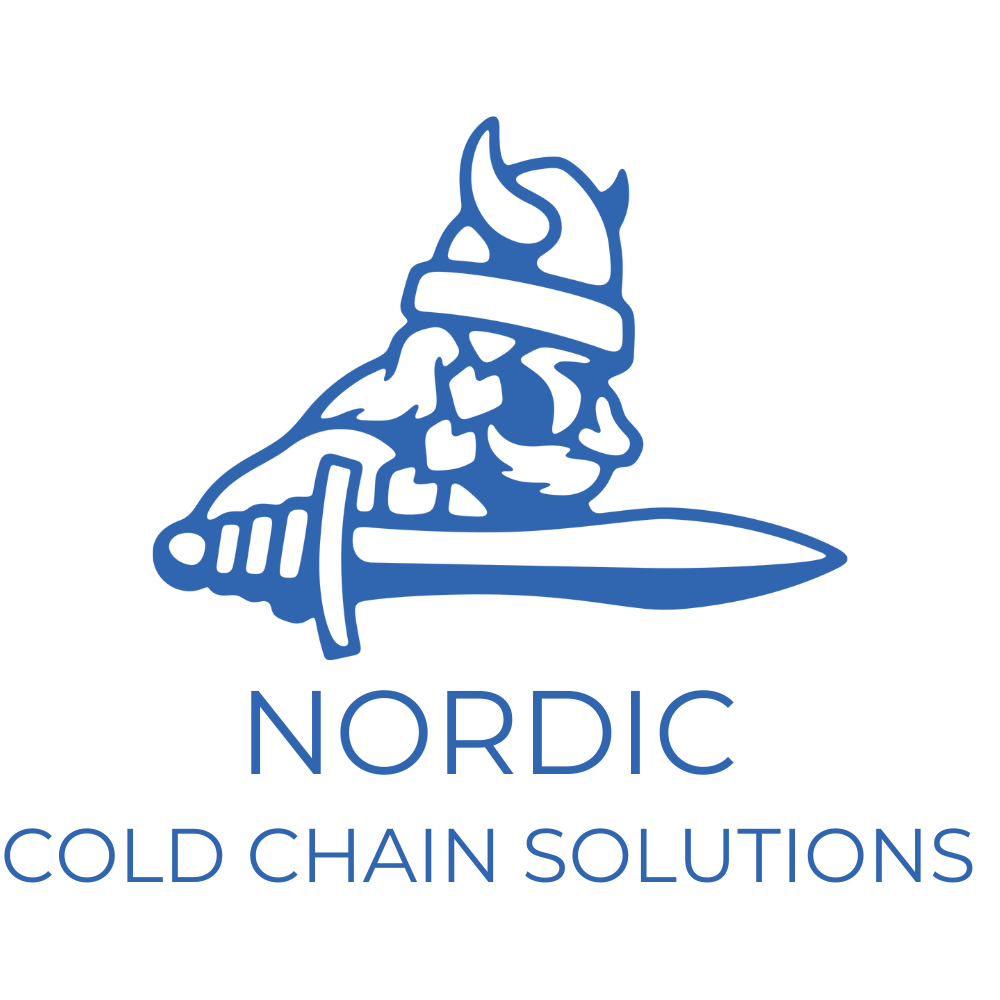If you’re interested in moving inventory, be it through an e-commerce website or a brick-and-mortar location, you may need a fulfillment center. A fulfillment center is different from a warehouse because while on the surface, they are both buildings that can hold inventory, they can mean different things depending on the circumstance.
What is a Fulfillment Center?
Generally speaking, a warehouse is a location to store products for an open-ended amount of time. A fulfillment center, however, is a location where a company or seller hires someone to outsource their product fulfillment. A third-party logistics provider fulfills orders. The fulfillment center is often larger than a typical warehouse, and the main job of the fulfillment center is to manage a company’s inventory. This management can include storing inventory, shipping orders directly to customers or other retailers, and assisting in other development operations.
If you are looking to avoid inventory management problems, then using a fulfillment center may be beneficial for you. Outsourcing fulfillment can help with inventory management so you have less to worry about.
Fulfillment centers have other benefits, including allowing smaller businesses to grow with ease. Shifting order fulfillment from an in-home process to a warehouse means adding new product lines will not require as much effort for a growing small business. Outsourcing fulfillment will also help your returns process, allowing returns to be sent back to the warehouse instead of your home or business.
Controlling inventory and shipping products can be taxing on new businesses or businesses with a lot of products. To avoid fulfillment issues, it may be beneficial to move your inventory from an in-home or at-business location to a fulfillment center. Fulfillment centers can help control inventory while directly shipping products to customers, which can be especially beneficial for hard-to-ship items, such as fragile or temperature-sensitive products






